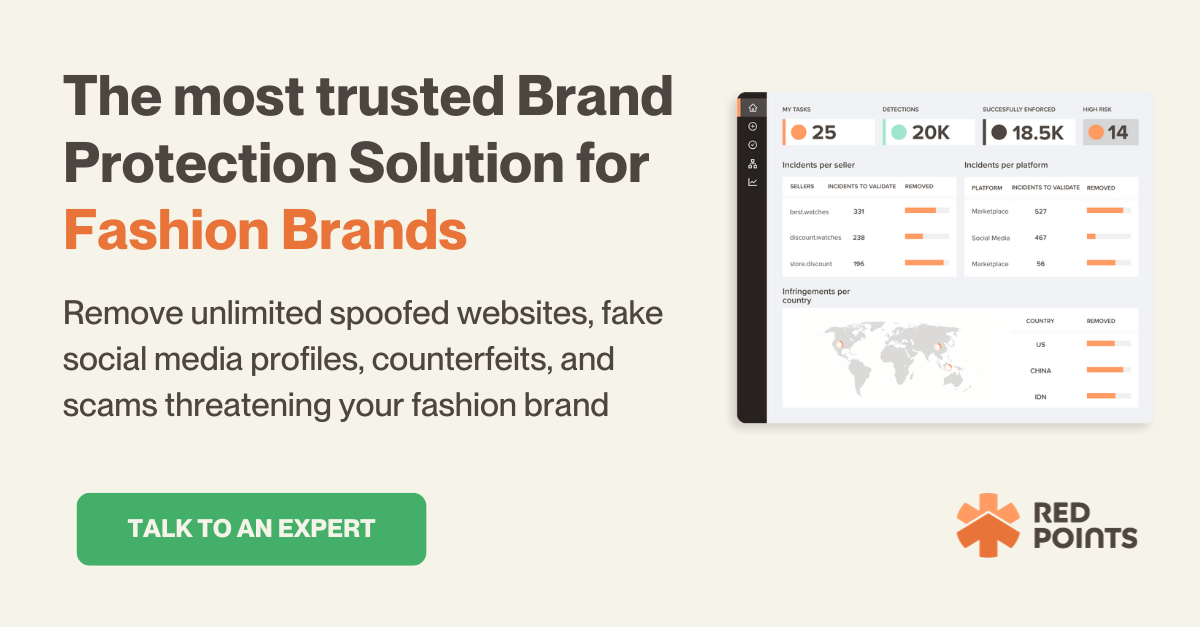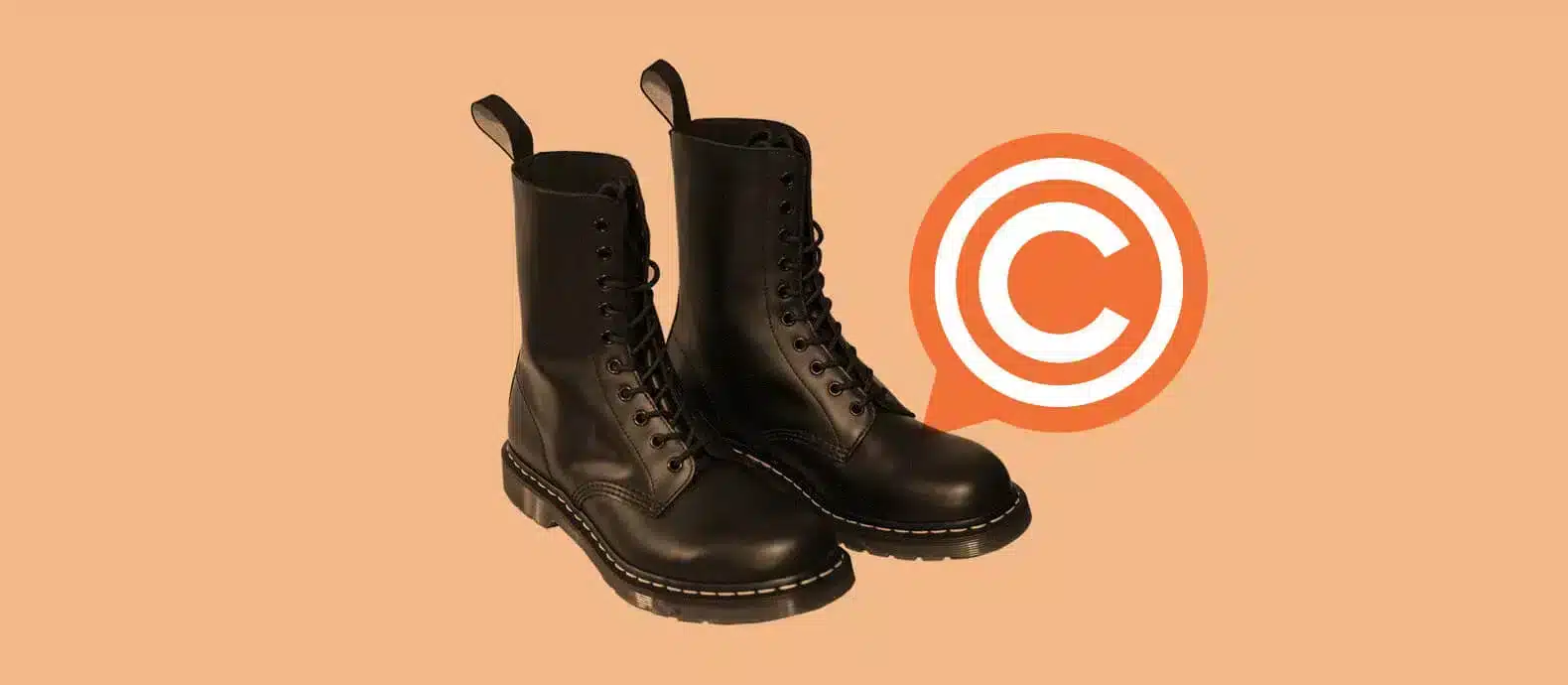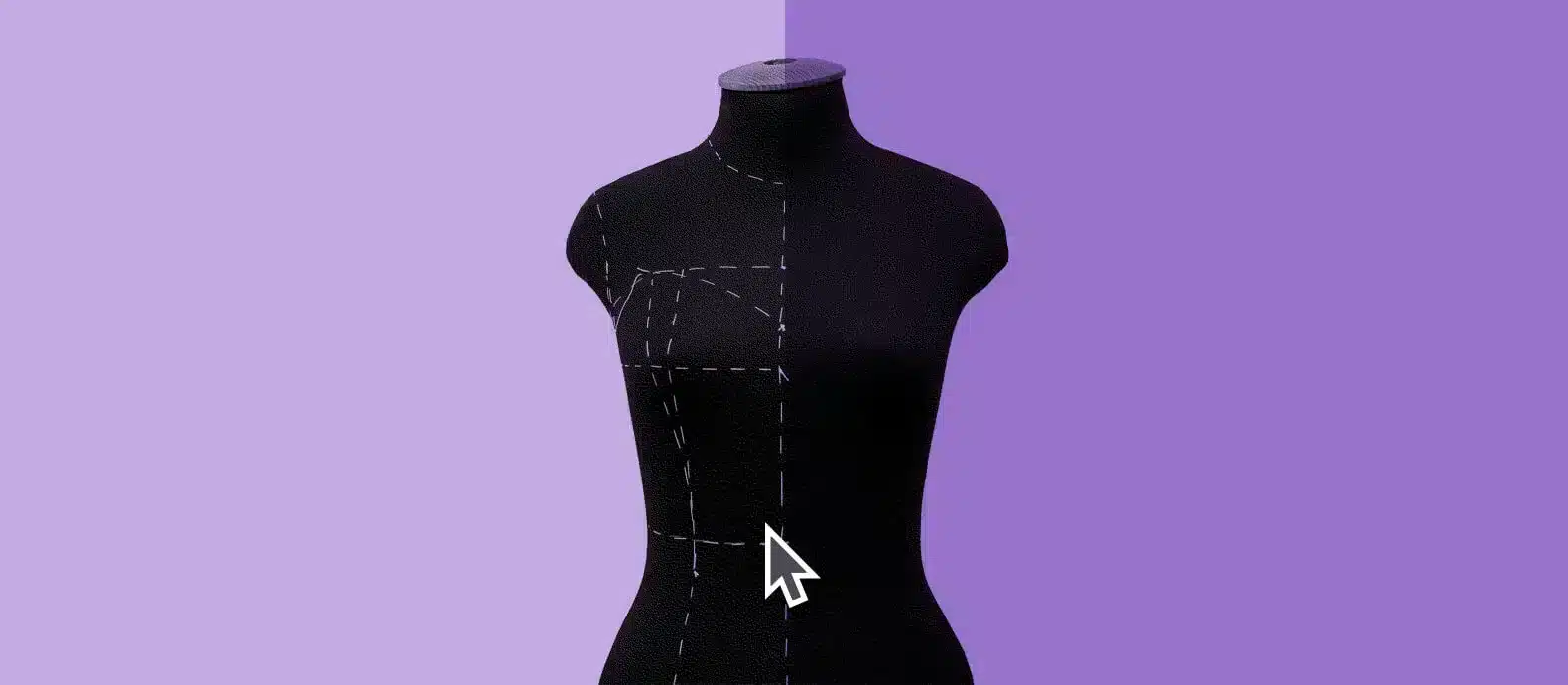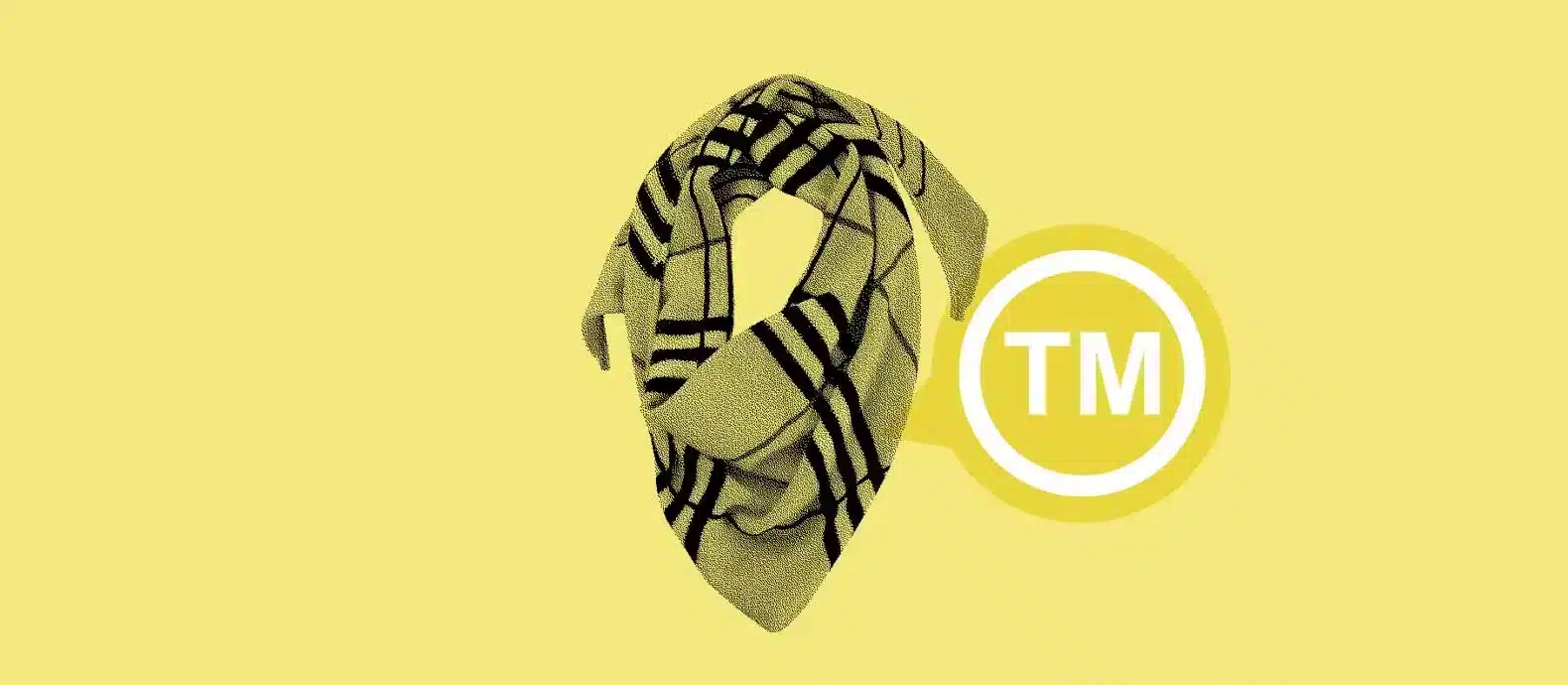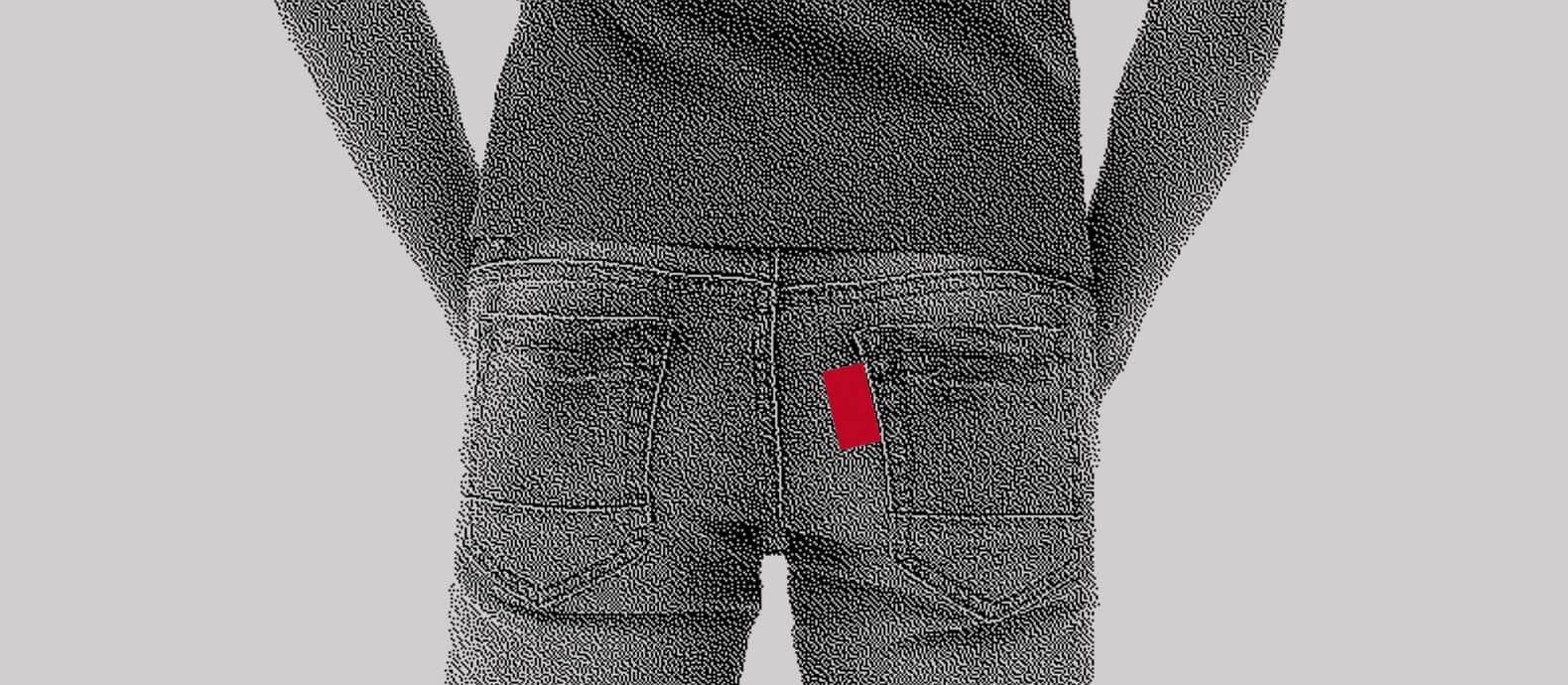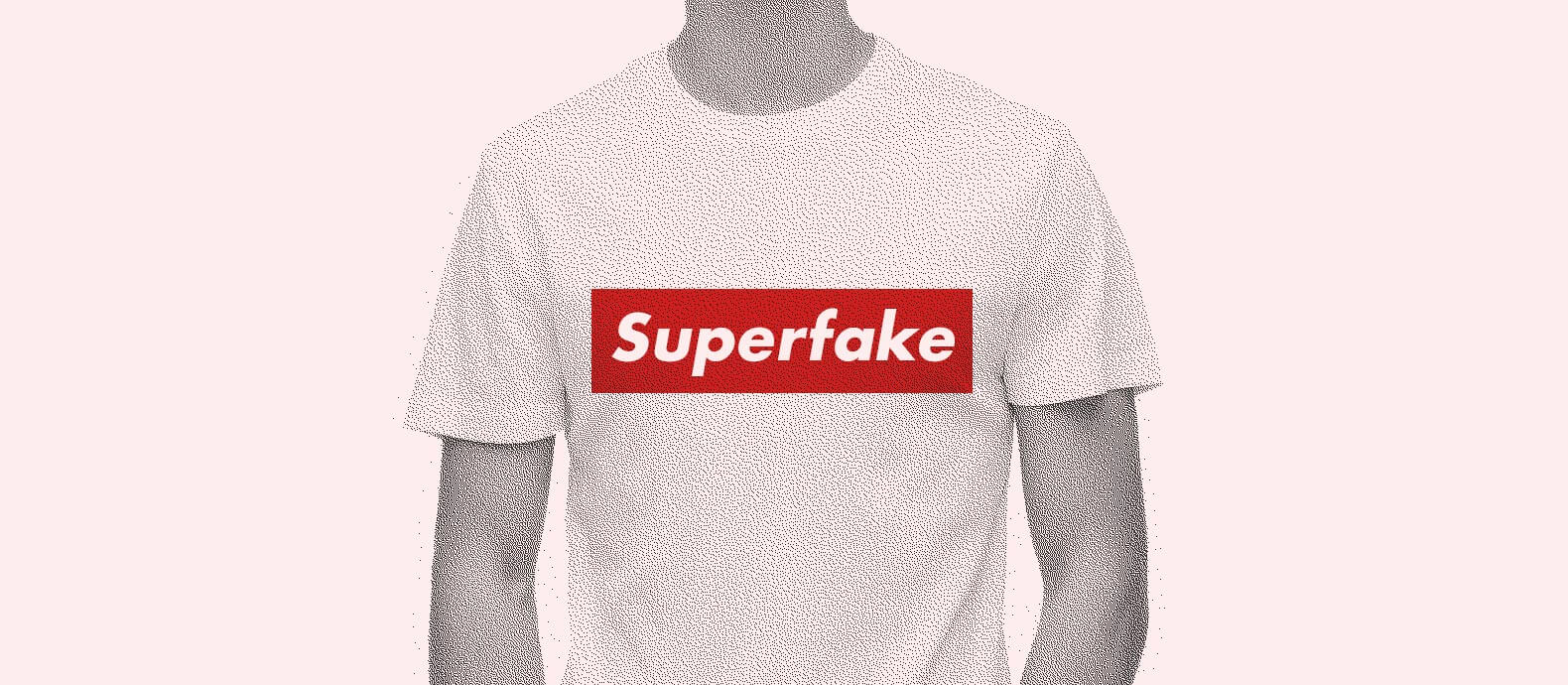In 2023, the global fashion industry is worth over $1.5 trillion. In the US alone around $343 billion is spent on fashion every year. In recent years the state of the fashion industry has been influenced by inflation, shifting consumer patterns, the pandemic, and evolving manufacturing approaches.
Unfortunately, the value and image of fashion around the world also attract unwanted attention from fraudsters, bad actors, and scammers. Today, one of the largest issues within the fashion industry is copyright infringement.
Nearly 20% of all posts about fashion products on social media platforms like Instagram, feature counterfeit products that violate copyright. If your fashion brand is able to crack down on infringers taking advantage of your copyrights you will begin to gain revenue, prestige, and customers.
In this blog, we will be exploring a guide to copyright infringement in fashion by highlighting topics such as:
- What is copyright infringement in fashion?
- Scope of the problem
- Common cases of copyright infringement in fashion
- How to prevent copyright infringement in fashion
- How to deal with copyright infringement in fashion?

What is copyright infringement in fashion?
A copyright is an intellectual property (IP) right that protects original works of authorship. The right accrues as soon as the creator fixes the work in a tangible form of expression. In the United States, copyrights can be registered and protected by the U.S. Copyright Office. Copyright infringement occurs when someone uses, reproduces, sells, or publicly displays copyrighted material without authorization from the copyright owner.
Under fashion law, copyrights can apply to certain kinds of fashion elements including logos, textile designs, and graphic designs. In general, some fashion elements like color and cut are not protected by copyright but may be protected by other IP rights like trademarks and patents.
Scope of the problem
Copyright infringement in the fashion industry is a significant problem that is affecting designers, fashion brands, and customers. As more of the fashion industry has migrated to the online world it has become easier and more common for infringers to target brands, steal IP, and take advantage of consumers.
Suppose these copyright problems are allowed to persist. In that case, fashion brands of all sizes will struggle to protect their revenue, products, and customers from exploitation by scammers and fashion brands that are willing to bend and break copyright laws.
Over time, legitimate copyrights will lose their value and your fashion brand will cease to stand out among competitors. If you want to safeguard the future of your fashion brand you have to make copyright protection a priority.
Top 3 fashion industry cases
Whether it is Gucci suing Forever 21, or ASOS and Shein facing legal action, there is always some case in the news about copyright infringement within the world of fashion. Some recent high-profile cases that highlight the scope of the problem include:
In both cases, the claimants are alleging that Shein, the online fast fashion retailer founded in China, has been engaging in copyright infringement by selling clothes and other fashion items that contain copyrights which they do not own.
In recent years Shein has also been sued by Levi Strauss & Co and Ralph Lauren under trademark law for using ‘confusingly similar’ designs on their clothing products and exploiting the intellectual property of these major fashion brands.
In 2022, the U.S. Supreme Court ruled against H&M in a copyright dispute with fabric designer Unicolors, who claimed that H&M was selling a jacket that completely copied its fabric-design copyright. This was a lengthy dispute with several appeals. The ruling stated that Unicolors’ fabric-design copyright survived despite inaccuracies in their application because the mistakes were based on a good-faith misreading of the law.
Common cases of copyright infringement in fashion
Within the fashion industry, there are many ways to infringe upon copyrights. Here are a few of the most common cases of copyright infringement in fashion:
- Counterfeits
Fashion scammers can commit copyright infringement by producing and selling counterfeit fashion items without authorization from the copyright owners. Commonly, you will see counterfeit clothing, shoes, handbags, and other fashion accessories on a variety of online marketplaces that may be infringing established copyrights.
- Design piracy
Copyright infringement also occurs when individuals or brands replicate and sell fashion designs that are substantially similar to designs created by other fashion brands. To replicate and sell such items you need to obtain the right licenses and permissions.
- Knock-offs
If you create and sell fashion items that closely resemble popular designs with the intention to deceive consumers into thinking they are purchasing the real design, you will have committed copyright infringement. This is another form of copyright misuse in fashion that has grown in popularity through online distribution, marketplaces, and social media.
- Unauthorized reproduction
One can also commit copyright infringement by reproducing copyrighted textile designs, patterns, graphics, and prints without permission from the copyright owner. Equally, if an individual doesn’t properly attribute a design, pattern, or print to the creator they may also fall foul of copyright laws.
How to prevent copyright infringement in fashion
- Register your intellectual property
The first way to protect yourself from copyright infringement in the fashion industry is to register your fashion items at the relevant intellectual property office. For example, if you are based in the US or want to protect your original works in the US you can register your work at the U.S. Copyright Office.
Most countries will have their own IP regulator or an official body where you can register your copyrights and learn about the relevant copyright laws. By registering your IP you will have a strong foundation from which you can pursue infringers through legal channels.
- Actively monitor your IP
As well as registering your IP, you need to actively monitor how your fashion IP is being used both online and offline. You can monitor your copyrighted material by conducting regular searches on marketplaces, social media platforms, and search engines.
Through keyword and image searches, you will be able to determine whether people are creating and selling counterfeits and knockoffs of your fashion items. While this may be a tiresome and time-consuming practice to do manually it can help you uncover incidents of copyright infringement
- Communicate with your customers
Your customer base is a useful resource when it comes to fighting copyright infringement. You should inform your customers via social media and email messaging about the risks of counterfeits, knockoffs, and piracy.
If they are educated about the potential presence of copyright infringement within the fashion industry they may be less likely to fall victim to scammers. Additionally, if you regularly communicate with your customers they may be more likely to report incidents of infringement to your customer service team. This will allow you to crack down on infringers more efficiently.
How to deal with copyright infringement in fashion?
Once you have detected copyright infringement, what can you do to protect your fashion items from these infringers?
- Report infringers via the relevant platform
Your next steps will be informed by where and how you found the infringement. For example, today many copyright infringements can be found on online marketplaces or social media platforms.
If you find an infringer on a marketplace like Amazon or eBay, or on a social media platform like Instagram or TikTok, you will be able to use their internal reporting systems to get the infringing content or products taken down. Commonly, you will have to submit evidence of the infringement alongside proof that your brand owns the copyrighted material.
- Send a cease and desist letter
You can also deal with copyright infringement in fashion by sending a cease and desist letter to the infringing party. This kind of letter is a pre-action legal tool that warns a party that they may be doing something wrong.
Within the letter, you can assert your intellectual property rights and outline the ways in which you believe the party may be infringing your fashion IP.
- Report to the relevant authorities
You can report copyright infringement to your local government authority. Additionally, you can report any IP crime to the Department of Justice. You must include evidence of the alleged infringement in these reports as well as evidence of your ownership of the copyright.
- Use an automated brand protection solution
Red Points’ Solution for fashion brands will allow you to monitor the internet 24/7 and remove content and products that may be threatening your brand’s revenue and reputation.
We know when copyright infringement in the fashion industry is not dealt with it leads to brand erosion, revenue loss, and a lack of customer trust.
That is why we have designed a solution with fashion brands in mind, to ensure you can protect your brand across marketplaces, fake websites, apps, domains, and social media.
Here’s how it works:
Set up
Upload your intellectual property rights and create automation rules allowing you to configure our platform to your convenience.
Confirm
Powered by machine learning, our solution will constantly work to find new and suspicious listings and content across a variety of marketplaces.
Then validate infringements manually or by using our automated service that can be tailored to your preferences. You can review complex cases or rely on our Managed Services to decide the next steps to take.
Remove
Automatically remove infringing listings on marketplaces and enforce your brand throughout the digital world. Via our solution, you can uncover repeat infringers, identify high-priority regions, and measure the economic impact of your coverage.
With an enforcement success rate of 94.3% and over 1 million infringement takedowns, Red Points is the ideal solution for any fashion brand looking to protect itself from online copyright infringers.
What’s next
Ultimately, a proactive approach to detecting and reporting copyright infringement will help you protect your fashion brand and successfully pursue copyright infringers. If you fail to act, both you and your customers will become vulnerable.
An automated detection and reporting solution can help you tackle these problems efficiently and cost-effectively. With a specialized protection solution, you can constantly monitor the online world and build up safeguards that are specifically tailored to your fashion brand.
To learn more about how you can protect your fashion brand from copyright infringement, request a demo here.
